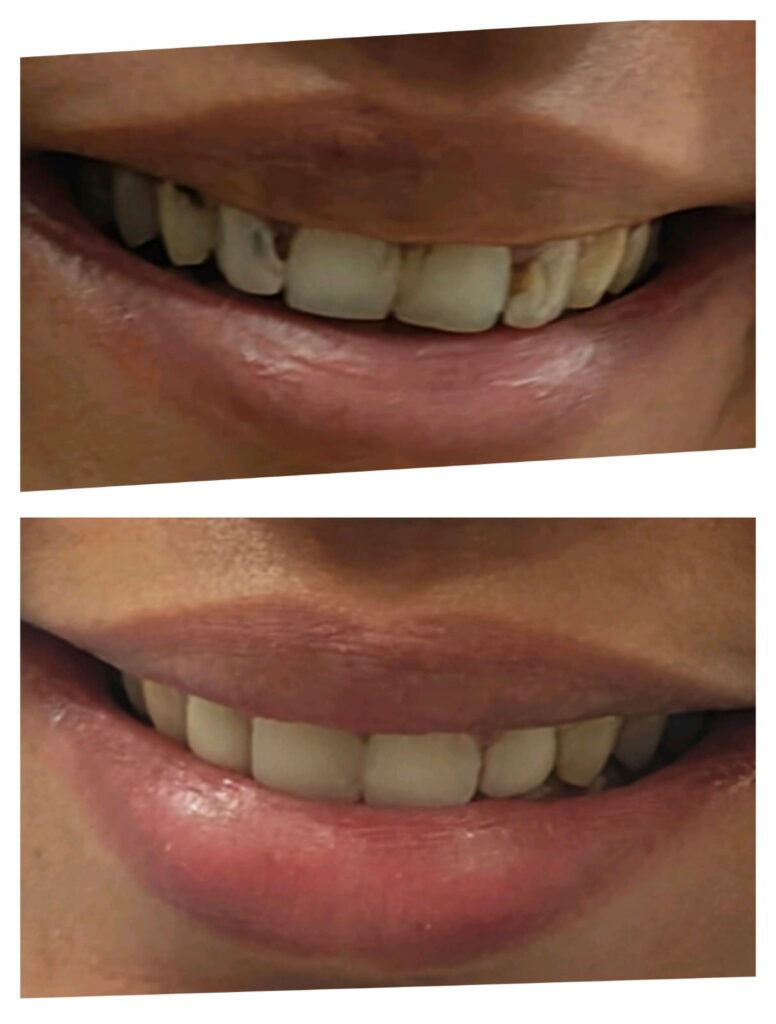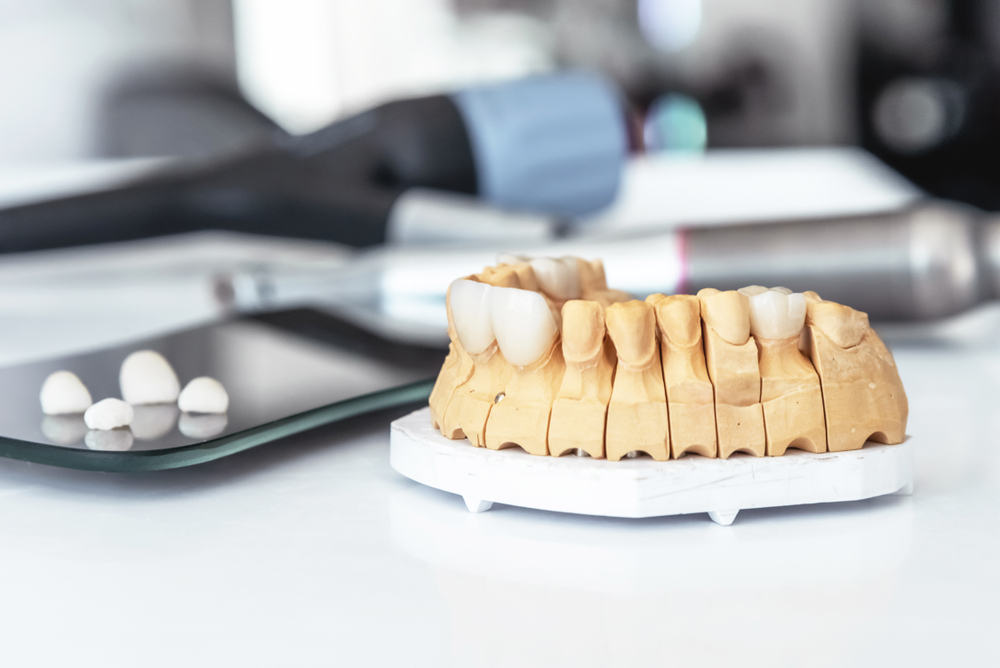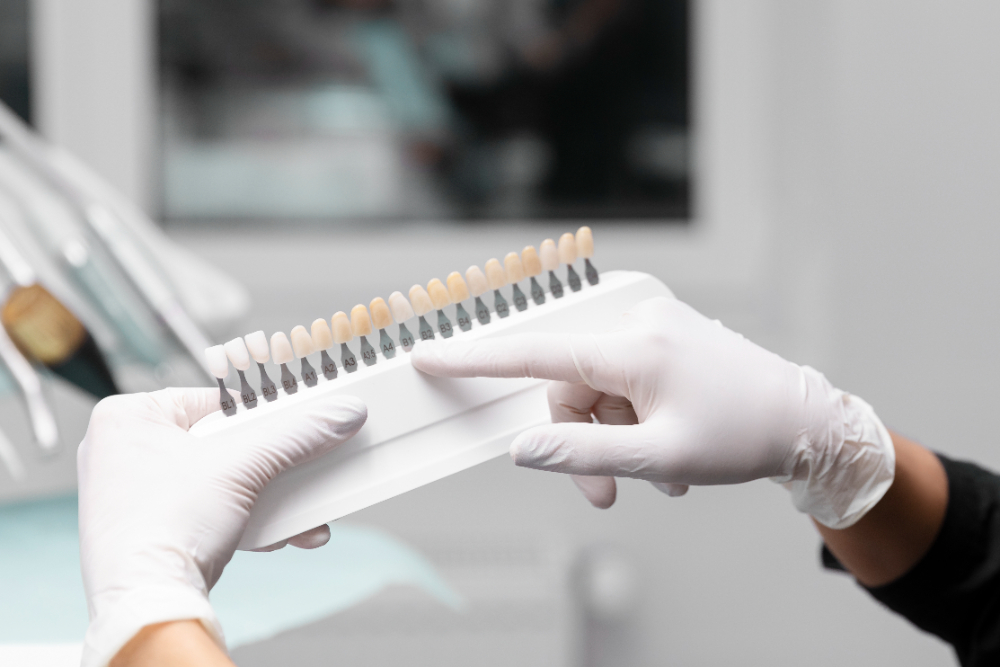Dental Veneers Treatment
Dental veneers are thin tooth coloured shells of porcelain or composite material placed on the front surface of teeth to improve the aesthetics. Veneers are used to change the shape, size, colour and alignment of the tooth. It’s a popular cosmetic approach for correcting issues like chipped, discoloured or maligned teeth. If you are looking for a trusted dental practice, veneers treatment in Indiranagar can provide the perfect solution for a more radiant smile.

Types of Veneers

Porcelain Veneers
Made from high-quality ceramic. They are highly resistant to staining and are resistant to fracture. These are translucent and have high aesthetic properties. If maintained properly they can last up to 20 years.

Composite Veneers
Made from a material called composite which is a plastic like material. Less expensive and can be repaired more easily but is easily stained and has less resistance to fracture and chip. May need replacement every 5-7 years. These are usually recommended for immediate veneer case

Lumineers
Made from porcelain, these are ultra-thin and translucent. They require minimal tooth preparation and can be used to correct minor imperfections in the smile. More expensive than the traditional veneers.

Emax veneers
These veneers are made from a a high-quality ceramic material called lithium disilicate. They are known for their exceptional strength, durability, and aesthetics. These are a popular choice of veneer among dentists due to its high durability and resistance to wear and tear. Its natural looking and mimics the appearance of real teeth. E max are a premium option and are relatively more expensive than the others. Lumineers can also be made from e max
When to choose Veneers?
Below are a few scenarios where dental veneers can be used as an option. These are general and a proper clinical evaluation has to be done for selecting a case of veneers
- Discoloured or stained teeth: Teeth that are discoloured due to trauma, caries/cavities, habits, medication or ageing.
- Broken or chipped teeth: Teeth that are broken due to trauma and wear and tear due to bruxism
- Gaps between teeth: Spaces between the front teeth can be camouflaged with dental veneers
- Misaligned teeth: Mild malignment can be corrected.
- Cosmetic enhancement: Patients who are unhappy with the appearance of their smile
- Worn down teeth: teeth worn out due habits like bruxism can be replaced with veneers along with correction of the bite
- Restoring front teeth after root canal: the esthetic appearance of front teeth which have undergone root canal can be enhanced with veneers.
- Fluorosis: A condition where excessive fluoride consumption during tooth development causes white or brown spots.
- Intrinsic stains or spots on teeth: Teeth may have white, yellow or brown spots due to underdeveloped enamel. Veneers are an effective choice of treatment.
When not to choose Veneers?
- Weak brittle teeth
- Severely decayed tooth/teeth
- Severely misaligned teeth
- Patients who clench and grind the teeth and not willing to under full mouth rehabilitation and restore their lost bite
- Patients with poor oral hygiene
- Active gum diseases
- Very young patients. Veneers are typically recommended for adults
- Patients with unrealistic expectations.
Procedure
In conclusion, dental veneers are an excellent option for those seeking to improve the appearance of their teeth. With advances in technology and materials, dental veneers can offer natural-looking and long-lasting results. Consult with a dentist to determine if dental veneers are the best option for you.
FAQs
Thin shell like layers of porcelain or composite material fixed on the front of teeth to improve appearance.
To correct discoloration, chips, cracks, gaps, and misalignment.
Porcelain veneers: 10-20 years, Composite veneers: 5-10 years.
No, once teeth are prepared, the process cannot be reversed.
Regular brushing, flossing, and dental check-ups.
Porcelain veneers are stain resistant. Composite resistant can stain over time
Porcelain and composite veneers.
Yes, after treatment of the existing gum disease
Veneers are usually recommended for adults. Other cosmetic options are available until then.
Blogs
- All Posts
- Dental Veneers Treatment





